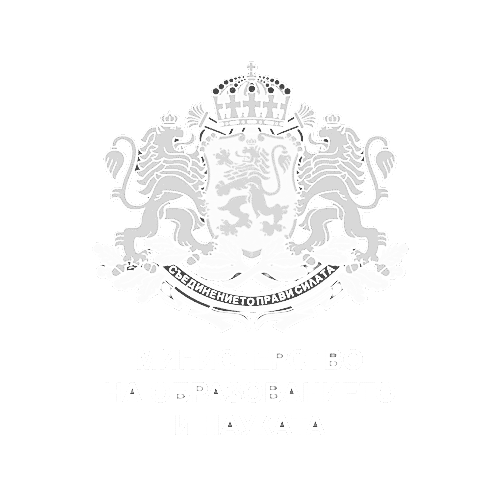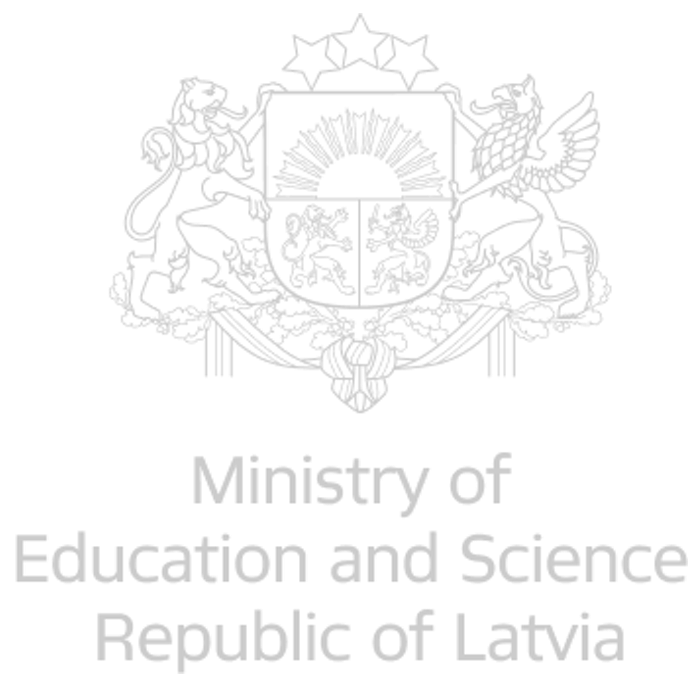
Tell us a bit about yourself
I was born on a small island, near Naples, Italy and received my PhD in Biological science in 1977 at the University of Naples. I then moved to Rome to work in a laboratory at Istituto Superiore di Sanità (ISS), as part of the Ministry of Health, which is now also an EATRIS institute. My main research field was stem cell regulation, which I researched for two years as a postdoc at the University of Washington (Seattle, US). Later I spent five years as an Associate Scientist at the New York Blood Center (New York, US) on primary cells. When I came back to ISS in Italy, I found myself assessing clinical trial applications on products related to my research.
I ended up being the Italian delegate for the first iteration of the committee for advanced therapies and other regulatory matters. Then, I heard about a research infrastructure for translational medicine. I knew a bit about the topic and soon found myself as a Scientific Director of EATRIS. I now spend most of my time as a Scientific Director for an NGO that works in pediatric drug development.
What is your role in EATRIS and what does a typical week look like for you?
As I mentioned, I was previously the Scientific Director of EATRIS (between 2013-2018). I still consult for EATRIS now and then and feel that I never really left EATRIS. I am one of those Directors that you can’t get rid of. Typically I work from home, talking to my colleagues at the NGO and partners across Europe. Overall, what is the life of a scientist? Usually, we spend a lot of time reading the works of someone else. I love my job, but since 2020 it has become more flexible and I work from my home office.
You are the recipient of the Spirit of EATRIS award. What does that mean to you?
Of course, I am happy to receive the award. To me, the spirit of EATRIS comes from this inside joke we had about ‘working with researchers’ being similar to ‘herding cats’. One needs to have strong boundaries and lots of guidance in the right manner. The comparison was so inspiring that I even received a painting from Frank de Man (EATRIS Advisor to the Executive Board) of a cat and it has remained a bit of a light-hearted joke in EATRIS.

What has been the highlight of your EATRIS experience so far?
There were two moments, which were especially memorable for me:
1. When we finally received the ERIC status from the European Commission. It was a long journey with many conditions that needed to be met. When we got the “plaquette” which is still at the VUMC office at EATRIS, I was especially elevated.
2. This one is more personal, but at the age of 67, I was no longer allowed to be a public sphere employee because that is the mandatory retirement age for governmental positions in Italy. There was a lovely farewell party organised at the EATRIS office and I was very moved by the event. Maybe they were happy to see me go, but it was something I remember fondly.
What is translational research for you?
At the beginning of my career, I worked on producing red blood cells and researching sickle cell anaemia and thalassemia. Since the work required samples from individuals who were affected by the disease, I often went downstairs to ask patients for their blood. All the patients, who gave us their blood to test, did so with a smile and hope that their contribution would help develop a cure for their ailment.
It took perhaps 40 years but now we are adding the first drug for these patients, which modifies the disease and provides them with a normal life. It took so long, that the drug is not for the people who donated their blood, but perhaps for their children. That to me is translational medicine.
Why did you decide to work in the translational medicine field?
This refers back to my research with patients with sickle cell anaemia and thalassemia. I was perhaps 22-23 years old, going around asking strangers for their blood. I often met the same people since they had to come back week after week. The children were the most resilient individuals I have ever met. Interacting with pediatric patients is not something that leaves your mind. That is why I ended up going into drug development and from there to translational research.
What do you like to do when you aren’t working?
I have to admit, there is not that much time I spend outside of work. I try to read, but it seems to me that I often can’t get beyond the title and abstract, since there is already the next new publication. I also pet my cat Fefé because otherwise, he becomes unhappy and demands more petting. Overall, I get bored if I don’t work, so Fefé doesn’t get nearly enough of the petting that it deserves.
If you were a drug, vaccine or diagnostic, what would you be and why?
I’m more and more interested in the fate of the cell and ageing mechanisms. Many cells age but they don’t die or they modify themselves in a way that they are not cleared out. I would like to be a vaccine that teaches the body how to clear out the aged stuff so that we would be young until death. Not immortal though! No one wants to be immortal, since it gets boring at one point, but being young until we die, would be amazing.
What would surprise people to know about you?
I like to draw. I don’t do it nearly enough, but perhaps one day I will teach myself how to paint. Never say never.

